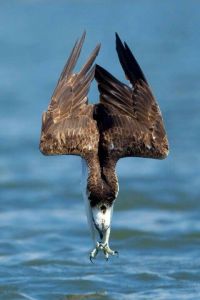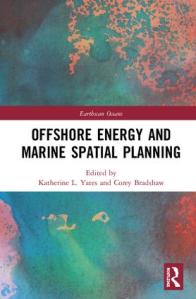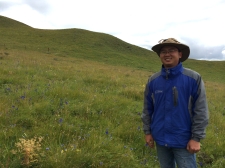
For the last five years I’ve published a retrospective list of the ‘top’ 20 influential papers of the year as assessed by experts in F1000 Prime — so, I’m doing so again for 2018 (interesting side note: six of the twenty papers highlighted here for 2018 appear in Science magazine). See previous years’ posts here: 2017, 2016, 2015, 2014, and 2013.
- Global warming transforms coral reef assemblages — The authors report an unprecedented, regional-scale shift in the composition of coral assemblages, reflecting markedly divergent responses to heat stress by different taxa.
- Mammal diversity will take millions of years to recover from the current biodiversity crisis — … highlights the impending catastrophe that human activity is bringing to the planet, not only due to climate breakdown … but also potential loss of mammalian diversity.
- Protect the last of the wild — … highlights the potentially irreversible impact humans have had on the planet, to the extent that only ~ 20% remains as wilderness.
- A final warning to planet Earth — Scientists have issued numerous warnings to politicians and to the general population, but to little avail: the consumerism show must go on!
- The cognition of ‘nuisance’ species — … discuss[es] the underlying cognitive abilities that may explain [invasive species] thriving in human-modified environments and then discuss[es] how this knowledge could be used to control such species.








